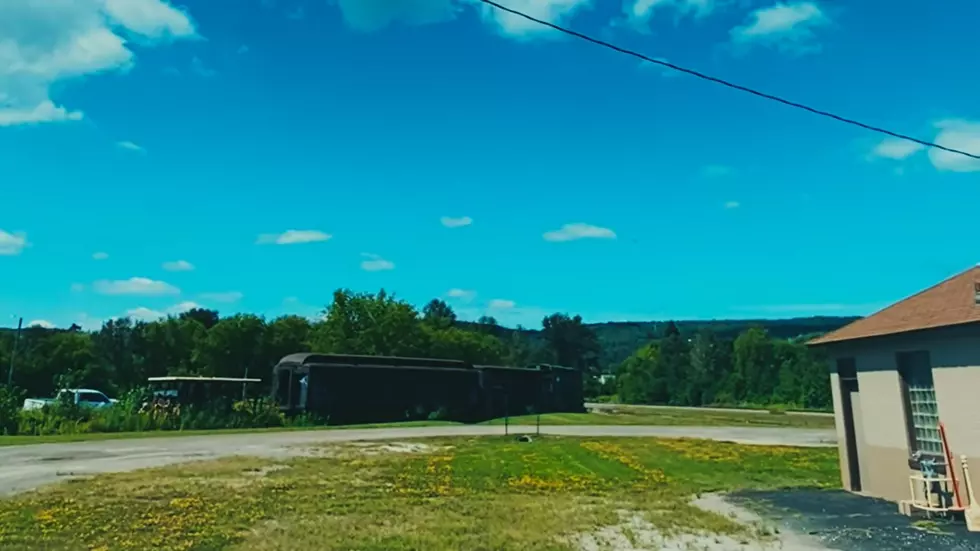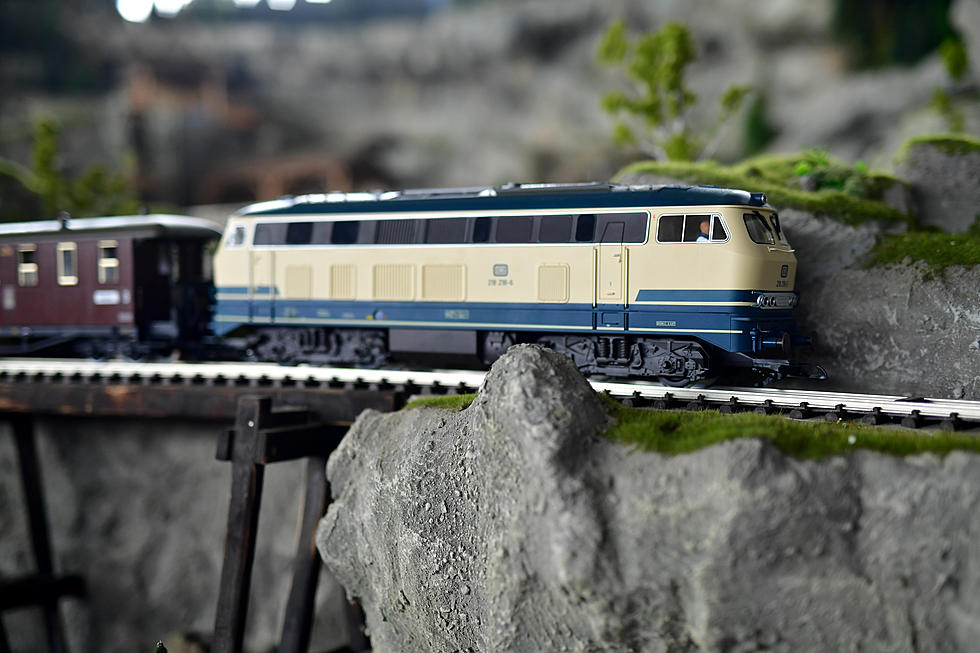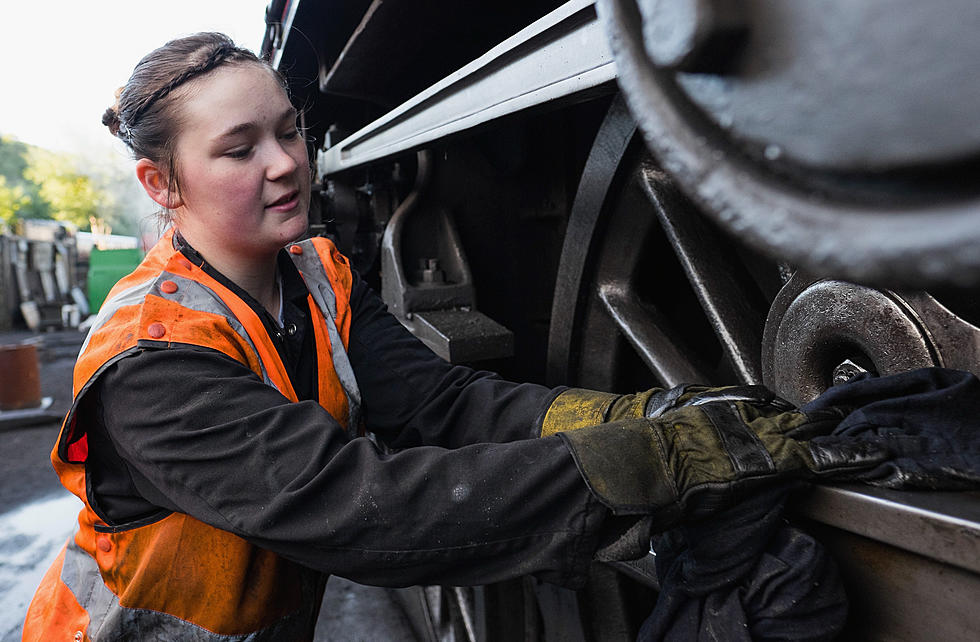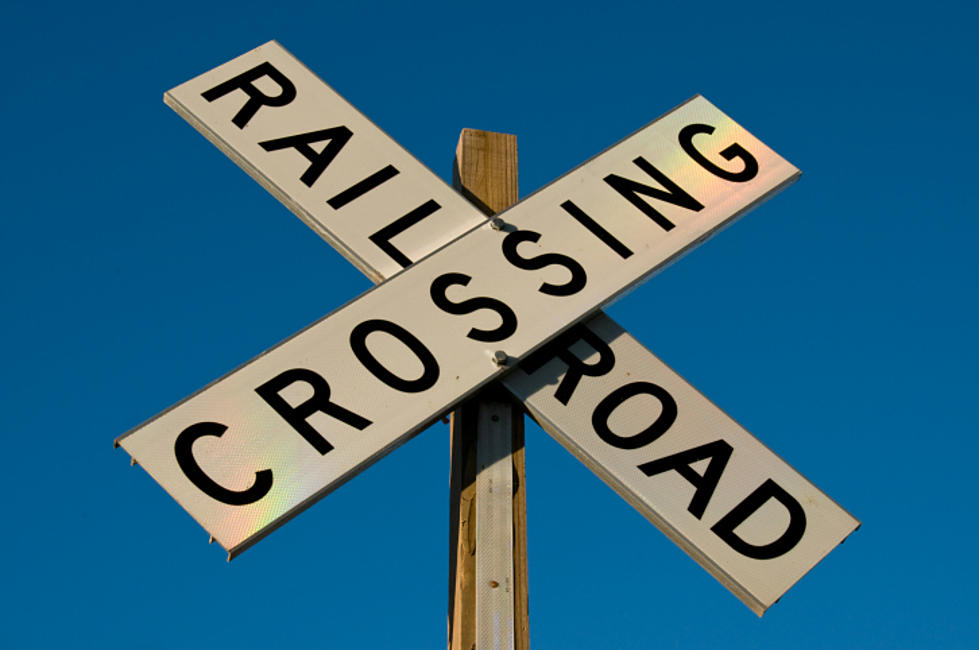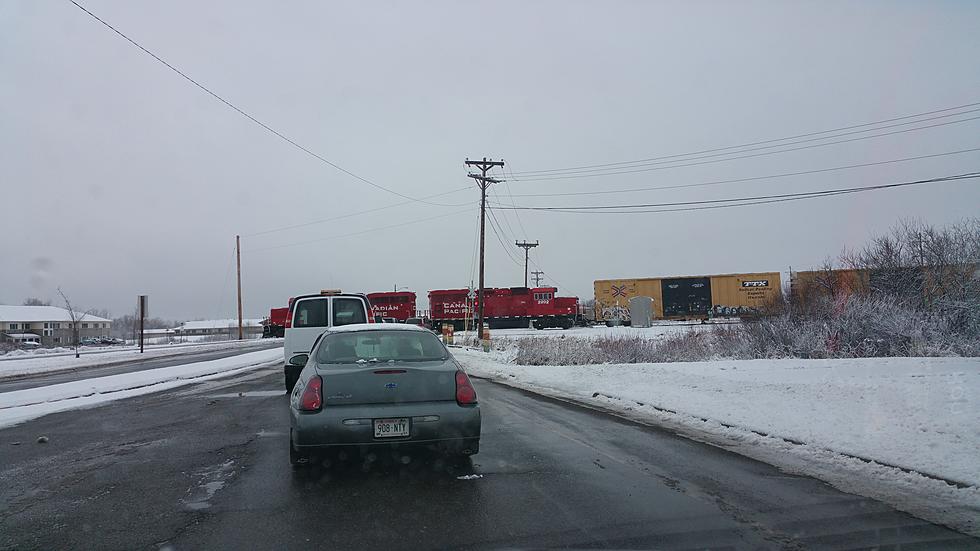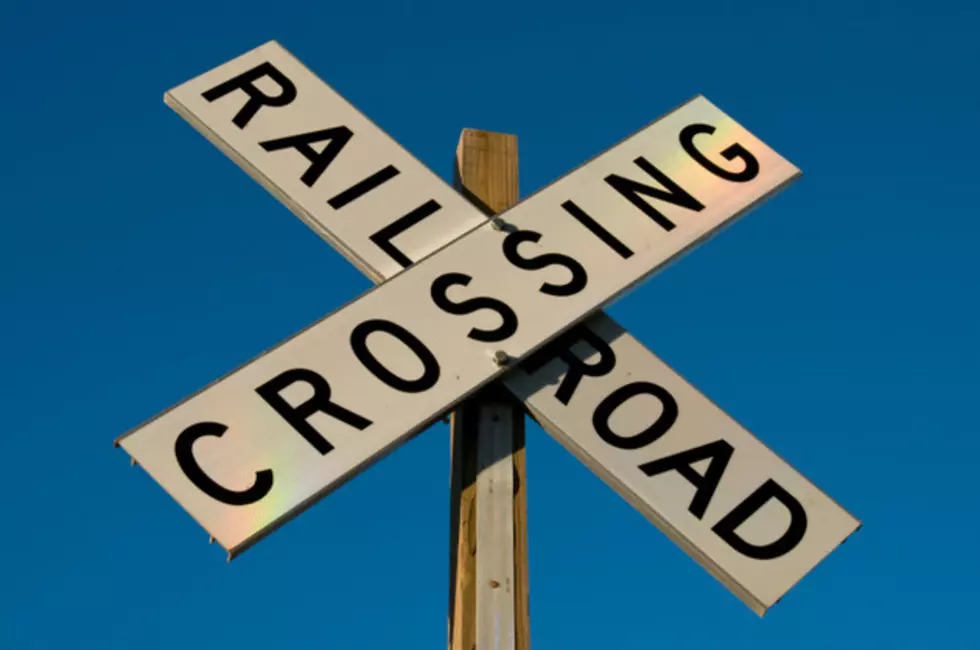
June Is Rail Crossing Safety Awareness Month; Minnesota Department Of Transportation Urges Motorists To Be Safe At Train Crossings
"Minnesota ranks in the top 15 states with the most highway-rail grade crossing incidents". That quote from Minnesota Operation Lifesaver Executive Director Sheryl Cummings highlights the importance of train-car safety especially here in the Northland.
The month of June marks Rail Crossing Safety Awareness month and officials with the Minnesota Department of Transportation are urging drivers about the importance of safety around trains.
Most crossing accidents occur because motorists and pedestrians ignore warning signs. According to the Federal Railroad Administration, 59 vehicles were involved with incidents with trains in 2014. Those incidents resulted in 10 fatalities. The prior year - in 2013 - there were 53 incidents with 6 fatalities.
To help the situation, MNDOT is spending $6.5 million dollars in funding this year for rail grade crossing safety to reduce train-related incidents. A transportation bill that is currently going through the process at the capitol adds an additional $5 million dollars over the next two years.
How can you be more aware of trains? MNDOT and Minnesota Operation Lifesaver offer these tips:
- Expect a train at any time. You can't be sure when a train may appear at a crossing, even if it's one you drive or walk across every day. Freight trains don't travel on a regular schedule and the schedules for passenger trains can change. Always be alert, because trains can run any time of day or night, on any track, in any direction.
- Don't be fooled, the train is closer and faster than you think. In the same way that airplanes can seem to move slowly, a train may seem farther away than it really is. It's easy to misjudge a train's speed and its distance, especially at night. Don’t take chances. If you see a train, just wait.
- Trains can't stop quickly or swerve—be prepared to yield. After fully applying the brakes, a loaded freight train traveling 55 miles an hour takes a mile or more to stop. A light rail train takes 600 feet to stop, and an eight-car passenger train traveling 80 miles an hour needs about a mile to stop. Even if the engineer can see you, it's too late to stop the train in time to prevent a collision.
- Stop and wait when gates are down or lights are flashing. If the gates are down, the road is closed and you must stop and wait. That's the law. Continue across after the gates go up and the red lights stop flashing,
- Don't trespass on foot. Tracks and the property alongside them are private property. Stay off railroad cars and tracks. It's illegal and, too often, it's deadly.
- Don't get trapped on the tracks. Never drive onto a railroad crossing until you're sure you can clear the tracks on the other side without stopping. If your car stalls or is trapped on the tracks, get everyone out right away, even if you don't see a train coming. Move quickly away from the tracks. If a train is coming, move in its direction as you move away from the tracks. If you run the same direction the train is going, you could be injured by flying debris when the train hits your car.
MNDOT has more details about train crossings on their website. You can also find additional information on Minnesota Operation Lifesaver's website.
Railroad company officials are also working hard to get the word out about posing for pictures on their tracks. Posing for pictures on railroad tracks is illegal and unsafe.
More From KOOL 101.7

